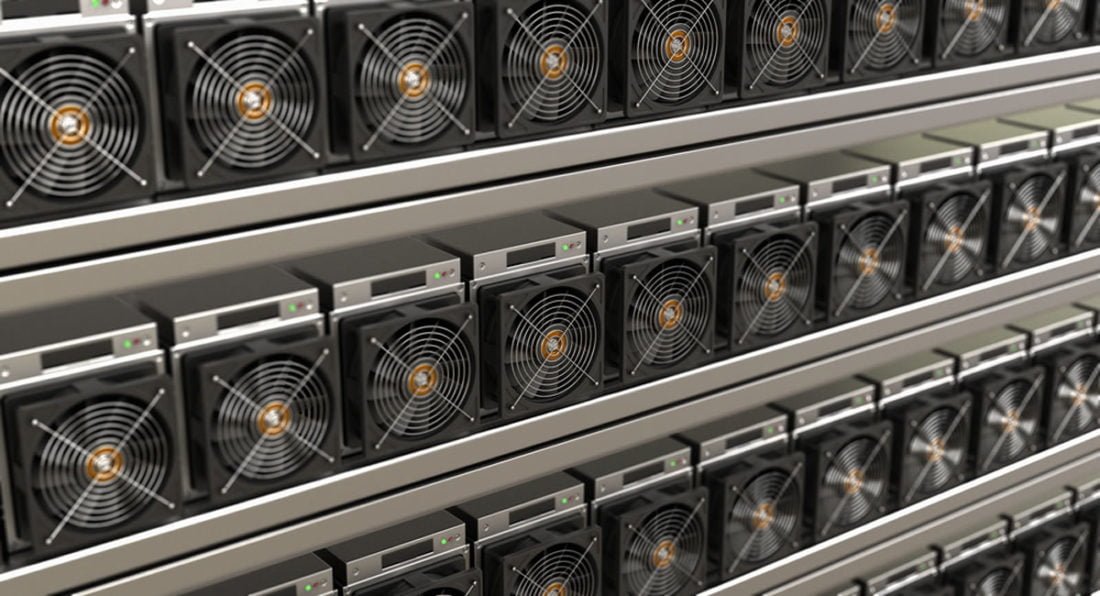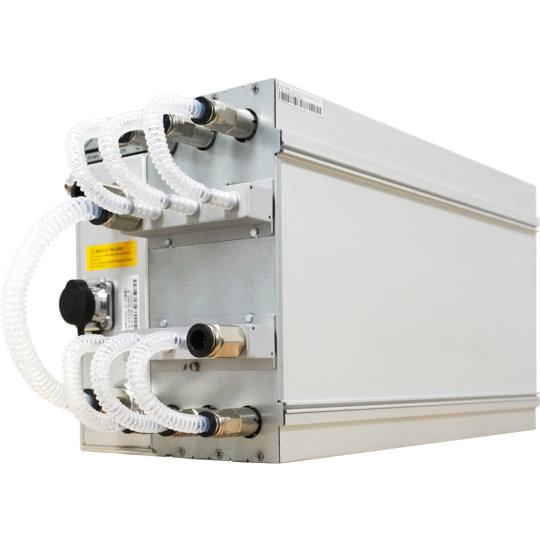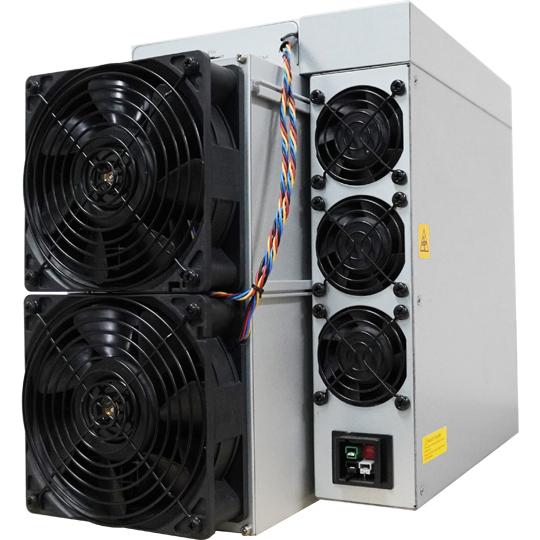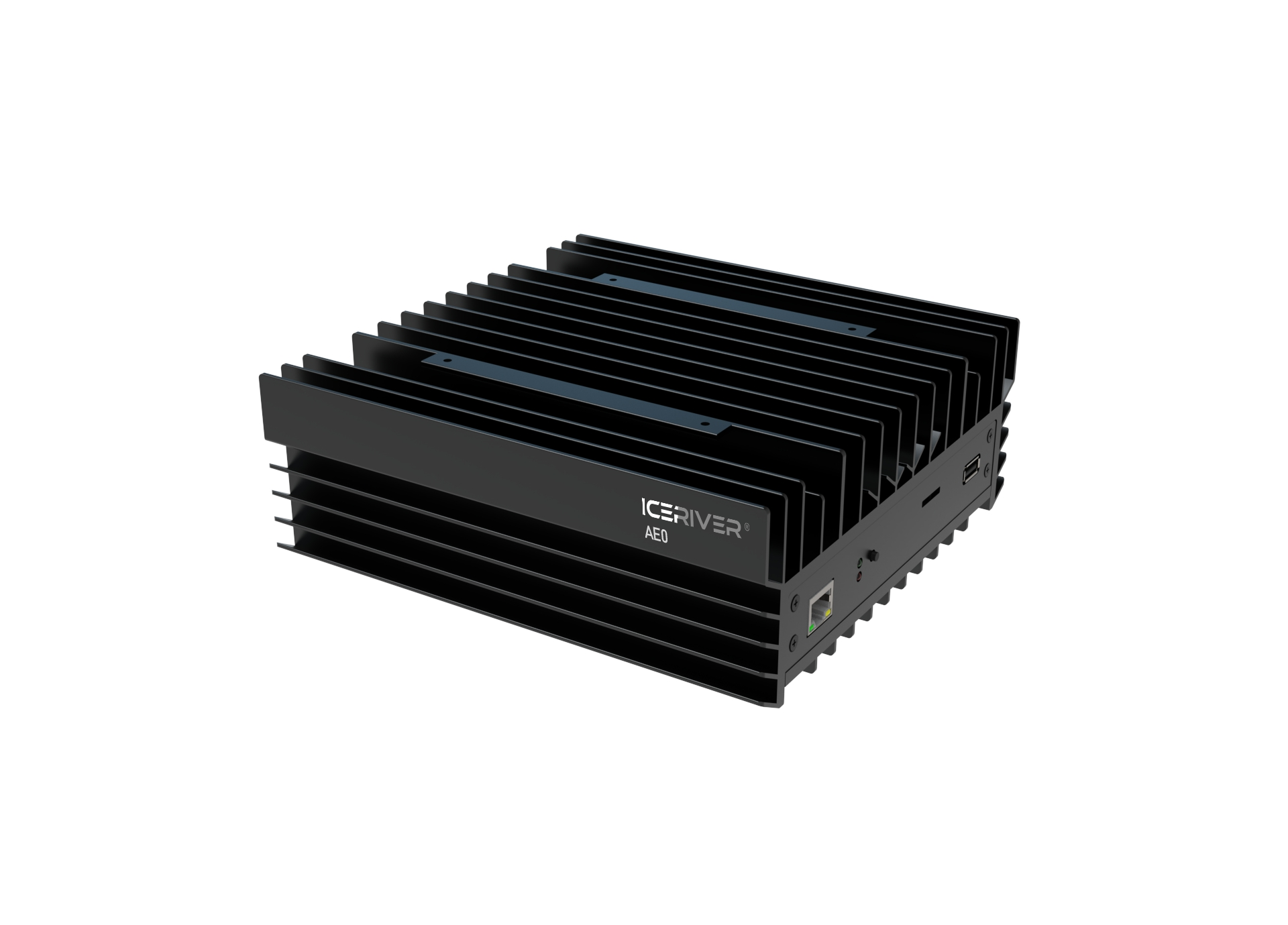Best ASIC devices for mining cryptocurrency of 2025
We checked out the best ASICs you can invest in to maximize your cryptocurrency gains

Looking for the best ASIC devices for mining cryptocurrency? I've rounded up the top options you can get right now for maximizing your ROI.
These dedicated chips, also known as ASICs (Application-Specific Integrated Circuits), are some of the fastest ways to mine cryptocurrency for a variety of mainstream miners, as they cater to some of the most profitable algorithms to mine, including Scrypt, zkSNARK, and SHA-256.
As someone who follows the ASIC mining scene religiously, I can point out that the best model for mining Bitcoin is a relatively easy choice: The Bitmain Antminer S21 XP+ Hyd is the latest and greatest from the Chinese mining juggernaut if you have the power (5676W) and finances ($10-15k) to make it happen.
For those looking to start smaller, the Goldshell AE-BOX II is my choice for those on a budget, while anyone interested in mining altcoin should check out the Bitmain Antminer L9 might be a good starting point, though it does trade at a premium, much like its larger sibling above.
Best ASIC for mining crypto overall

1. Bitmain Antminer S21 XP+ Hyd
Specifications
Reasons to buy
Reasons to avoid
Bitmain is one of the main pioneers of modern ASIC solutions that currently govern the cryptocurrency mining market for better or worse. So, it's not surprising to see it iterating regularly with new mining gear catering to a plethora of cryptocurrency mining operations, many of which are industry-leading in terms of profitability and efficiency alike.
The Bitmain Antminer S21 XP+ Hyd is the pinnacle of BITMAIN's ASIC offerings currently, offering a whopping 500 TH/s of hashrate while cooling it off with a self-contained liquid cooling mechanism that keeps its temperatures low and limits the need for external fans.
With that being said, as an SHA-256 ASIC miner, much like its competition, the Antminer S21 XP+ Hyd does have a massive power draw, requiring both, a whopping 5500W of power and a 3-phase industrial-grade connection to boot to get going.
This means that the S21 XP+, which is expected to ship during Q3 2025 (but is currently on preorder), despite its considerably increased efficiency versus the incumbent S21 XP (which it aims to replace), is still not something an entry-level miner should consider currently.
This is more telling about how concentrated Bitcoin mining has become lately, thanks to the sheer amounts being invested by professional miners in an attempt to keep up, which is an entirely different discussion.
For miners willing to splurge in terms of both infrastructure and mining capacity, the Bitmain Antminer S21 XP+ Hyd is a no-brainer, but its sub-$15,000 cost to get a crack at BTC mining in 2025 might prove to be too much for all but the most ardent of miners-to-be.
Best ASIC for mining crypto on a budget

2. Goldshell AE-BOX II
Specifications
Reasons to buy
Reasons to avoid
The Goldshell AE-BOX II is a more budget-friendly option for Crypto miners looking to start small in terms of their initial investment, form factor, and power requirements alike.
It is used to mine ALEO and uses the zkSNARK algorithm to do so. This requires relatively low amounts of energy, allowing the Goldshell AE-BOX II and similar miners to be great low-cost mining options for users aiming to get a foot in the door when it comes to ASIC mining.
The ASIC miner itself consumes just 530W of power, making it a great option for users without needing specialized hardware or a dedicated power connection to get it going at its rated 54 MH/s speed.
The AE-BOX II, however, does have its limitations: It is already superseded by a slew of newer options that are in the process of making it to miners across the world, many of which offer better efficiency, including Goldshell's own AE Max and E-AE1M offerings.
It also focuses on mining ALEO, which has proven to be profitable currently, but does expose the miner to a relatively small market-cap cryptocurrency that can be volatile and may not be profitable in the near future, opening them up to significant risks when it comes to recouping their investment. - ALEO currently has a market cap under $100 million.
Best ASIC miner for altcoin

3. Bitmain Antminer L9
Specifications
Reasons to buy
Reasons to avoid
Users looking to mine some of the more established cryptocurrency options in the market, such as Litecoin (LTC) or Dogecoin (DOGE), can turn to one of the more trusted names in the market - BITMAIN - which continues to offer an excellent Scrypt option even in 2025.
The BITMAIN Antminer L9 is sold out on BITMAIN's official site, but can be had for under $8,000 at multiple mining-centric websites.
It does require most users to invest in stable power. North American users should note that the ASIC miner requires a 220V power supply to function, and getting a step-up transformer might be an added cost that is not initially factored in when it comes to most ROI models.
Given how volatile crypto prices currently are, grabbing a Scrypt miner might be a bigger gamble compared to a SHA-256 one that mines BTC directly, however. This is because historically, 'altcoins' or alternative coins tend to exhibit even more unpredictability in terms of price action than Bitcoin, making it a significantly riskier investment model than even Bitcoin mining.
Best ASIC for mining on low power

4. IceRiver ALEO AE0
Specifications
Reasons to buy
Reasons to avoid
Not all users require the best or the fastest cryptocurrency miners in the market, with many looking towards a more cost-effective and power-efficient solution that can be run relatively unchecked without requiring upgrades to one's power sockets.
The IceRiver ALEO AE0, which is a lower-powered sibling of the recently available-for-preorder zkSNARK mining champion, the IceRiver ALEO AE3, delivers on all of these counts.
With a power draw of just 100W while offering a hashrate of 60MH/s, and a power supply that is inexpensive if bought separately (though we regularly find it bundled with the unit), the AE0 is a great entry-level ASIC miner that doesn't require a lot of power or space to get started.
It does share some of the disadvantages that we detailed about the Goldshell AE-BOX II above including, most importantly, its reliance in a single mineable coin for profitability (ALEO) that is steadily declining in terms of profitability over time, but it does serve as a great entry-level device to get started with ASIC mining - even if it is one of the more expensive approaches to using the zkSNARK algorithm currently - in terms of both, efficiency and cost per hashrate offered.
How to choose the best ASIC miner for you
Ranking ASICs for mining purposes is a complex affair, simply because of the sheer amount of choices, regular fluctuations in both pricing and availability, and differentiating between models that end users as well as professional miners can use.
To keep things simpler while adhering to industry norms, one can use the following metrics to determine some of the best ASICs for mining in 2025:
Return On Investment (ROI)
For all cryptocurrency mining operations, the endgame is profitability; the higher the ROI for a particular ASIC, the faster one can recoup their investment, scale down the line, or even stockpile mined crypto for staking, trading, or yield farming.
Supported Cryptocurrencies
ASICs, unlike general-purpose CPUs and GPUs, are, as the name suggests, 'Application-Specific,' indicating that they are designed with a particular algorithm (and underlying cryptocurrency that can be mined) in mind.
This underscores the fact that one needs to also consider the viability over time of mining a particular algorithm and cryptocurrency while attempting to get a return on their investment.
This could mean that certain smaller cryptocurrencies and lesser-known algorithms might be profitable currently, but could leave miners potentially out of pocket should said cryptocurrency fall out of favor or move to a different approach altogether.
An example would be when Ethereum went from PoW (Proof of Work) to PoS (Proof of Stake) in 2022, rendering a lot of ASIC miners unprofitable, even as GPU miners were able to hop onto other alternative cryptocurrency mining applications.
Power Draw & Cooling Considerations
Most ASICs require considerable amounts of power to function, and this can require dedicated, reliable power to be made available for them to function, even as they often have significant cooling requirements that most entry-level miners are not always equipped to deal with.
Looking at efficiency in terms of hashrate per unit of power consumed, and well-designed cooling (liquid or otherwise) is an important metric to consider for both profitability and scalability for most prospective miners in 2025 and beyond.
Budget
The cost of purchasing an ASIC miner has been steadily rising thanks to increasingly complex (and larger-sized) options emerging that offer higher hashrates, better efficiency, and cooling, but often see backorders stretching for weeks, if not months, making users prepay for ASICs with limited insight when it comes to delivery timelines as well as profitability at the time when orders are fulfilled.
This situation is further exacerbated by the recent US-imposed tariffs on electronic exports from China (which overwhelmingly produces the bulk of mining ASICs currently), which has seen a decline in stock on hand in North America, as well as making some 3rd party sellers in the EU cheaper for some US consumers despite having higher sticker prices.
ASIC crypto mining also requires a persistent internet connection, reliable power, and often customized power delivery (220V single or 3-phase 415V power) to sustain itself, all of which can add to the cost of getting started for first-time miners as well as those looking to scale from a hobbyist setup to a professional one.
For other essential hardware for mining cryptocurrency, we've also rounded up best motherboards for mining, best GPUs for mining, and the best CPUs for mining.
Sign up to the TechRadar Pro newsletter to get all the top news, opinion, features and guidance your business needs to succeed!

Rahim Amir is a UAE-based tech writer who enjoys building PCs as much as he enjoys writing about them. He has been professionally writing about PC hardware since 2023, focusing on buyer’s guides, hardware reviews, and sponsored content and features related to tech.
Having built hundreds of gaming PCs and being an avid gamer in his spare time, Rahim tends to have stronger opinions about hardware than most. This is particularly on display when he gets his way with powerful, but minimalistic RGB builds even as Small Form Factor (SFF) PCs come a close second.